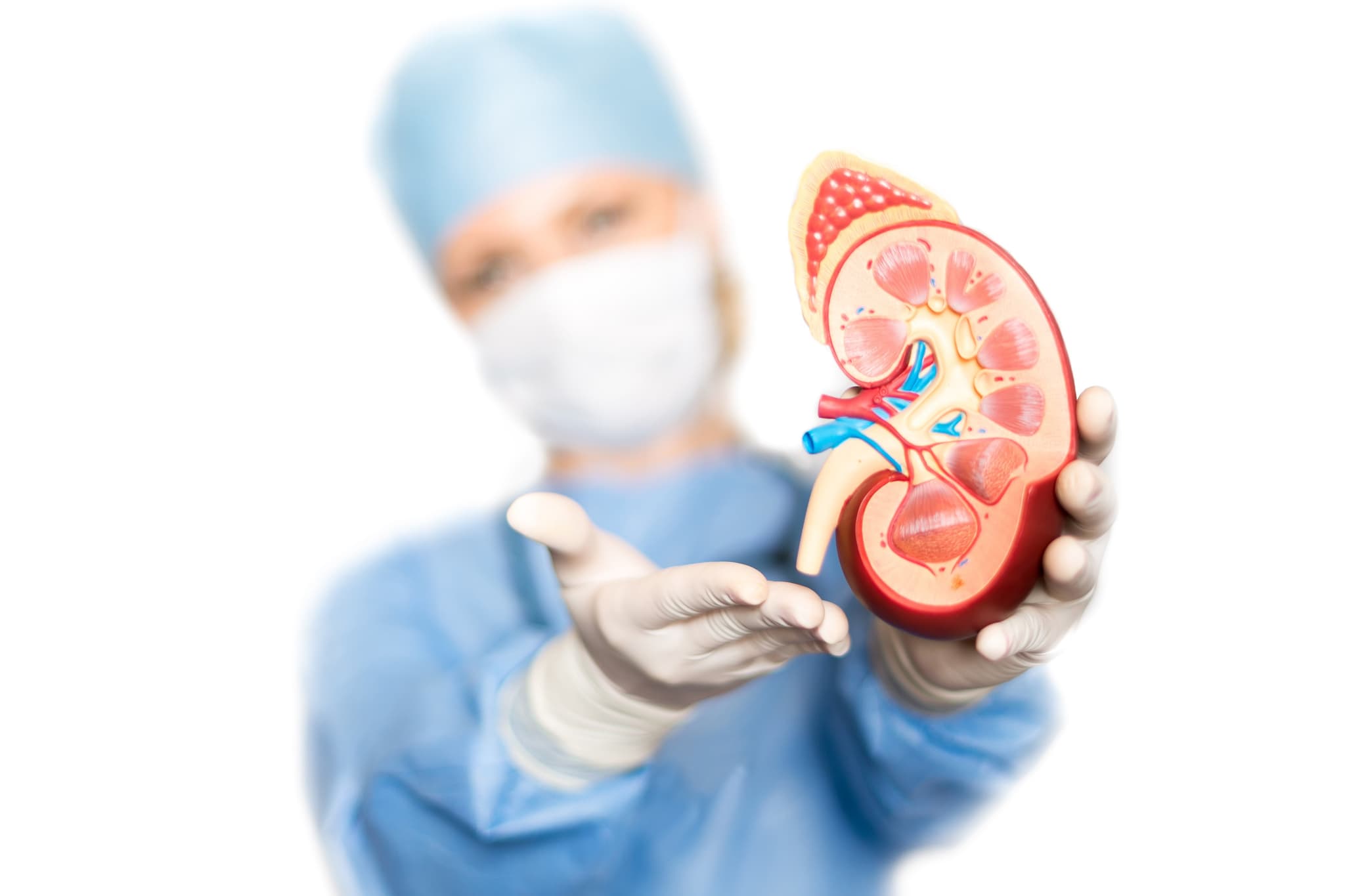
2023-02-15T16:39:02
Understanding Care Coordination & Its Value
- Nephrology
- Value-Based Care
January 11, 2017 | Nephrology
Specialties:Nephrology (Kidney Care)

There are few organs in the body as important as the kidneys, which are responsible for filtering all the waste our body doesn’t need. The kidneys are one of the first lines of defense our bodies have against infection and the spread of basic disease, and kidney failure can lead to serious complications.
The kidneys function in several specific ways, and are connected to the bladder as they help filter bodily waste through urine. Let’s learn about the basic location, structure and functions of kidneys in the human body.
Every healthy human body has two kidneys, the left and the right. Each kidney is about four or five inches long, shaped somewhat like a bean. The left kidney sits a bit higher in the body because of the size of the liver, which is also on the right side.
Muscles in your back and your ribcage protect your kidneys from both the front and the back sides of your body. There is also fat tissue, called perirenal fat, that surrounds the kidneys for protection. The kidneys are considered “retroperitoneal” organs, which means they sit behind a lining in the abdominal cavity, unlike all other abdominal organs.
Each kidney has several specific parts, each of which perform their own specialized functions.
There are several processes that take place in order to keep the kidney stocked with blood through arteries flowing in and out of the renal hilus.
The parts of your kidneys that actually filter blood to produce urine, are called nephrons. There are around a million microscopic nephrons in each kidney, and each nephron contains two primary parts:
The kidneys have a few specific jobs:
“Kidneys.” InnerBody.com. http://www.innerbody.com/image_urinov/dige05-new.html
“Picture of the Kidneys.”WebMD. http://www.webmd.com/urinary-incontinence-oab/picture-of-the-kidneys
WRITTEN BY:
The Live Better Team

2023-02-15T16:39:02

2019-10-10T13:34:53

2019-04-03T13:30:08

2018-03-19T11:05:38
This information is not intended to replace the advice of a medical professional. You should always consult your doctor before making decisions about your health.